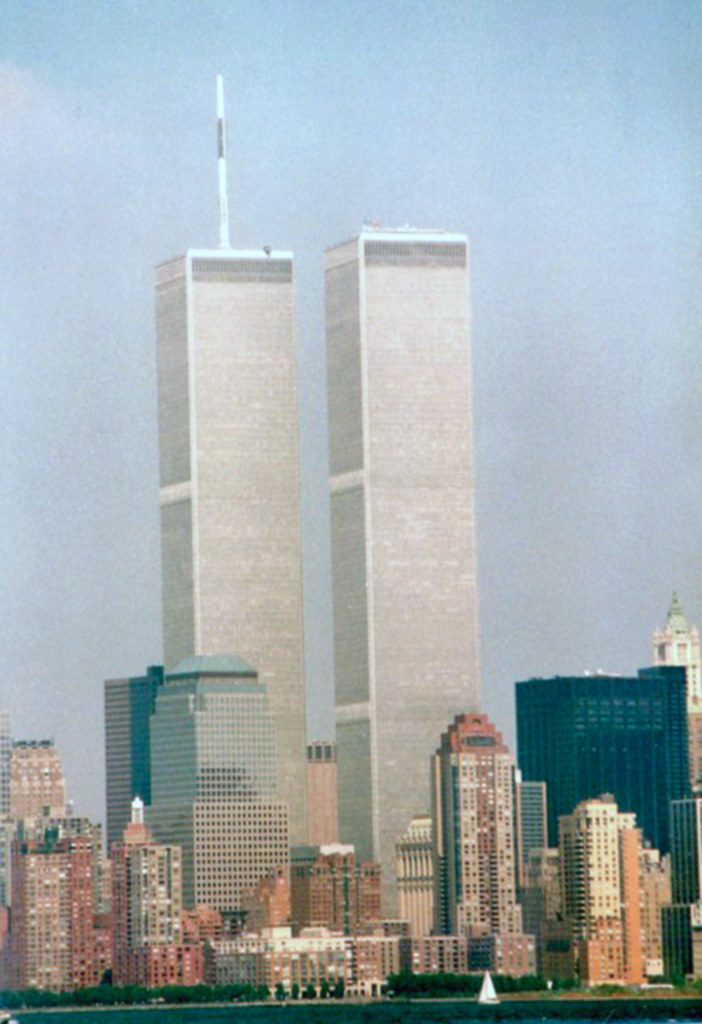Colonel Rich Gibney discussed his experiences from 9/11

Wednesday Sept. 11 marked the 18th year after the 9/11 attacks on the World Trade Center. 19 men hijacked four different U.S. commercial planes causing the death of 2,977 people.
The Emergency Management 105 class talks and deals with terrorism, cybersecurity and other emerging threats. On Sept. 11, the class was able to bring in an NDSU graduate who was involved in the response to 9/11 attacks.
Colonel Rick Gibney was a senior pilot operation commander and the senior flying officer in the squadron at the time. He had a lot of experience giving congressman and dignitaries rides in F-16’s. During 9/11, his role was to get a hold of his commander to pick up the former director of the Federal Emergency Management Agency (FEMA), Joe Allbaugh.
Gibney remembered that the first attack was not considered a terrorist attack, but rather a mistake in the plane. “When the second plane hit it was kind of like a band aid being ripped off and everyone realized that it was a very coordinated attack,” Gibney said. He remembered that most of the emergency managers that dealt with major disasters from the U.S. were having a conference in Bozeman, Montana. Due to this the director of FEMA had to be flied to Washington so he could handle the situation.
Federal Aviation Administration (FAA) videos tend to show a map of the U.S. with multiple amps all over the states. During 9/11 though all the amps disappeared and only one could be seen going across the screen on Gibney’s airplane. All other airplanes were told to land by the FAA immediately. “Any place a airplane could land they were told to put down”, Gibney said. Any airports who refused were threatened by the FAA by either pulling their licenses or operation because it was a national emergency.
When the second plane hit it was kind of like band aid ripped off and everyone realized that it was a very coordinated attack
Rick Gibney
Before Gibney could fly Allbaugh, he was directed to fly to New York City to drop off a government official.
There was much confusion in the high levels of the government. There were talks about how many terrorists were involved and what other places they could hijack.
The airport was quiet since the airspace was shutdown, meaning that planes couldn’t take off. People were stuck in airports and hotels were flooded along with rental cars. People felt uncertain since there was no given time as to when the airports were to open. According to Gibney the airspace was shut down for two days.
The attack resulted in the formation of government agencies specifically trained to handle attacks such as 9/11. There was also the formation of the Transportation Security Administration (TSA), which has made more restrictions applied to airports.